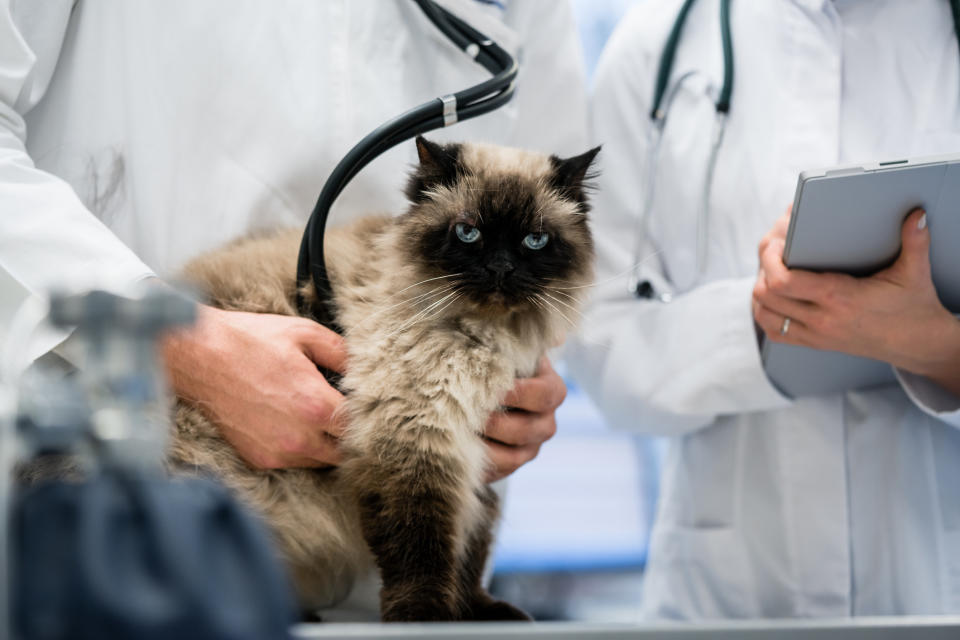From Accurately Predicting Death To Cheetahs Meowing, Here Are 11 Cat Facts That Are Bananas To Me
1.When cats walk, their back paws go exactly into the footprints left by their front paws. This is called direct registering.
Zya & Luke / Via youtube.com
Direct registering means cats (and other animals like this fox) make less tracks and less noise when walking. Very stealthy!
Josh Delcourt / Via youtube.com
2.A cat named Oscar in Rhode Island who lived in a nursing home was eerily accurate in predicting the deaths of their patients.
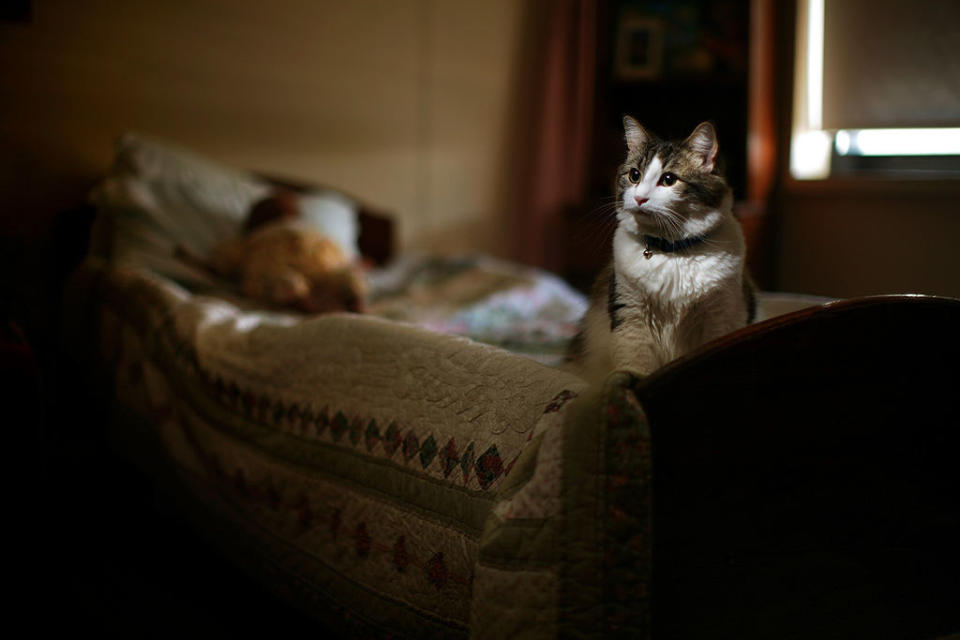
When a patient was near death, Oscar would go up during their final hours and curl up next to them. Rarely making a mistake and with accuracy that was sometimes better than doctors, Oscar correctly predicted around 50 deaths.

The doctors of the facility have said families were thankful of Oscar, so the patients would spend their final hours with a companion. Doctors would even notify family when Oscar curled up next to a patient so they could rush to be with them.
NBC
3.Scientists hypothesize toxoplasmosis, a brain parasite spread through cat poop, can spread to humans and make them care more for cats.

And scientific studies show that humans infected with toxoplasmosis are perceived as more attractive than non-infected humans.
Gloria Sanchez Productions
While that's the silver lining, toxoplasmosis can cause serious side effects like headache, fatigue, seizures, and swollen lymph nodes. In pregnant people, it can be passed onto the baby and can cause severe birth defects.

Toxoplasmosis affects cat prey differently. It can infect the brain of cat prey (like rats and birds) and make them unafraid of cats and more likely to cross their path.
HBO Max
4.The reason cats and dogs circle before they lay down is because they try to face the wind.
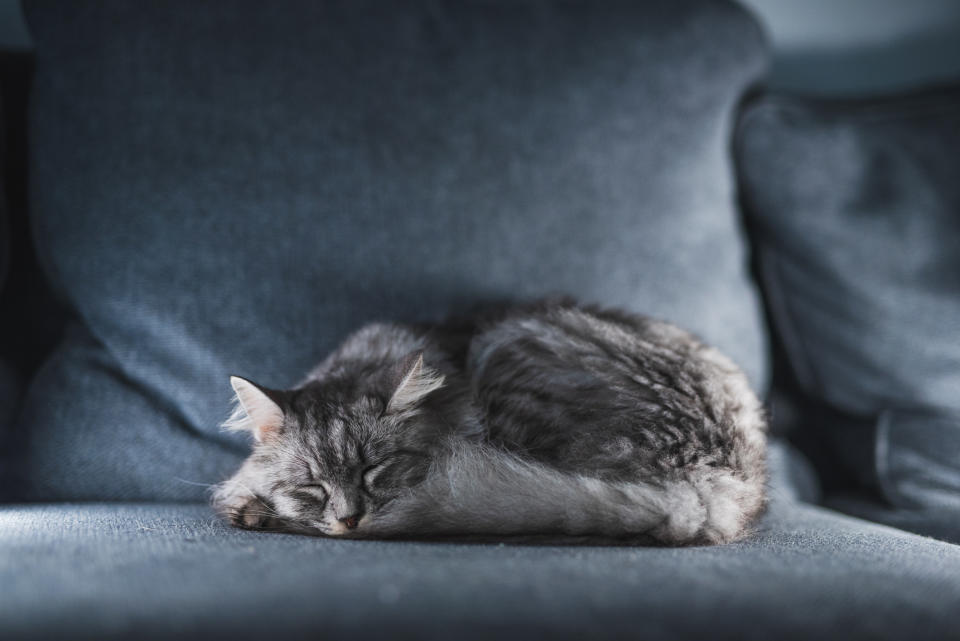
This is an instinct they've derived from ancestors so they are able to pick up the scent of predators while they sleep, so they can get away.
NBC
5.Cats are rumored to have played a hand in the extinction of 63 species of birds.
BBC
Some of the birds that have fallen victim to cats are native to the Hawaiian islands, which had no cats until the 1700s, but since the cats' introduction, birds like the Hawaiian crow have gone extinct due to toxoplasmosis.
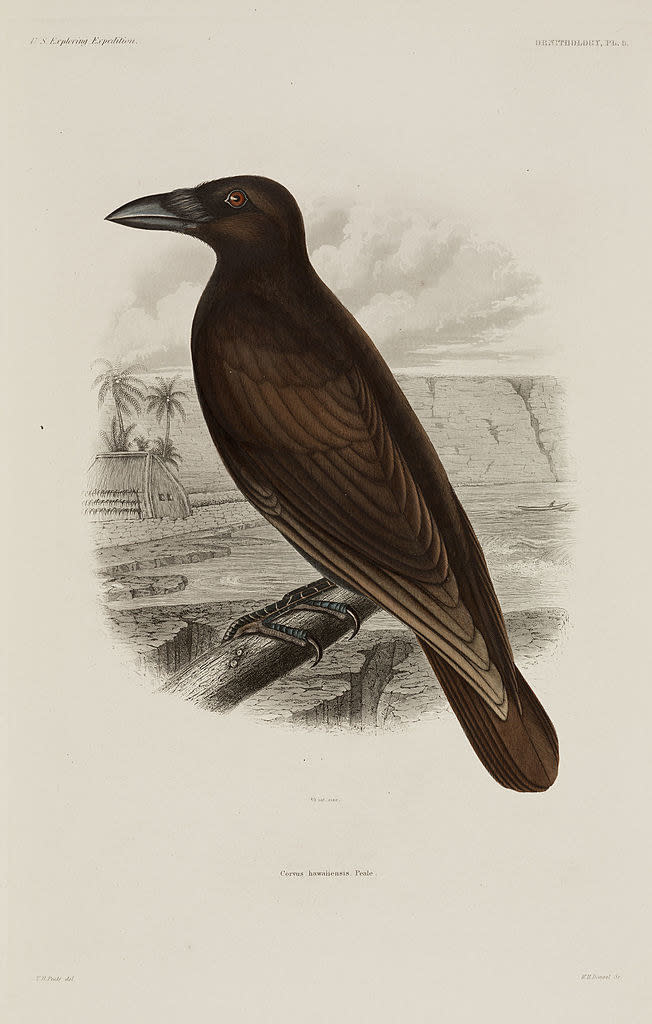
Animals other than birds have also been victim to feral cats and their hunting habits, like the numbat, native to Australia, and preyed on by feral cats and foxes.
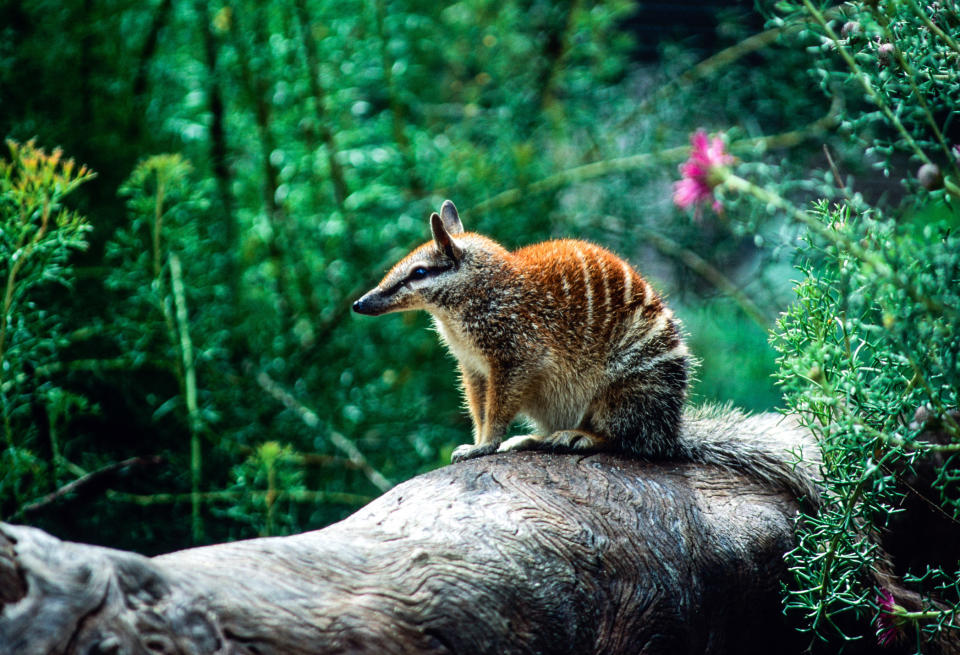
Side note: This is my first time seeing a numbat, and they are so cute!
6.Cheetahs are not in the same genus as other big cats like lions and tigers because they can't roar.
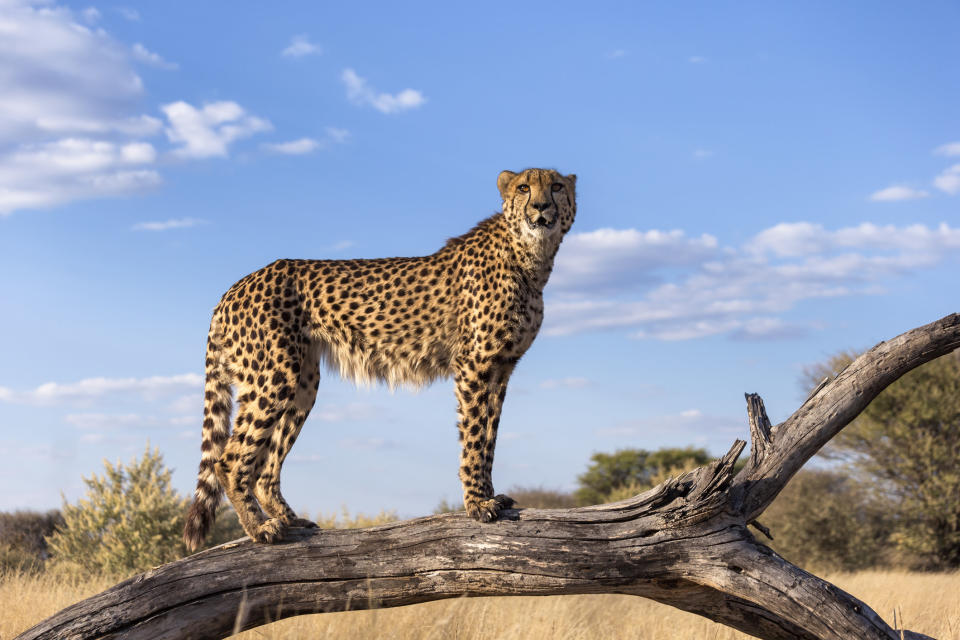
They can only...meow. It's VERY cute.
They also purr. I've got a video for that one, too.
7.The black-footed cat, a cat species native to Africa, kills over 10 rodents a night due to its elevated metabolism.
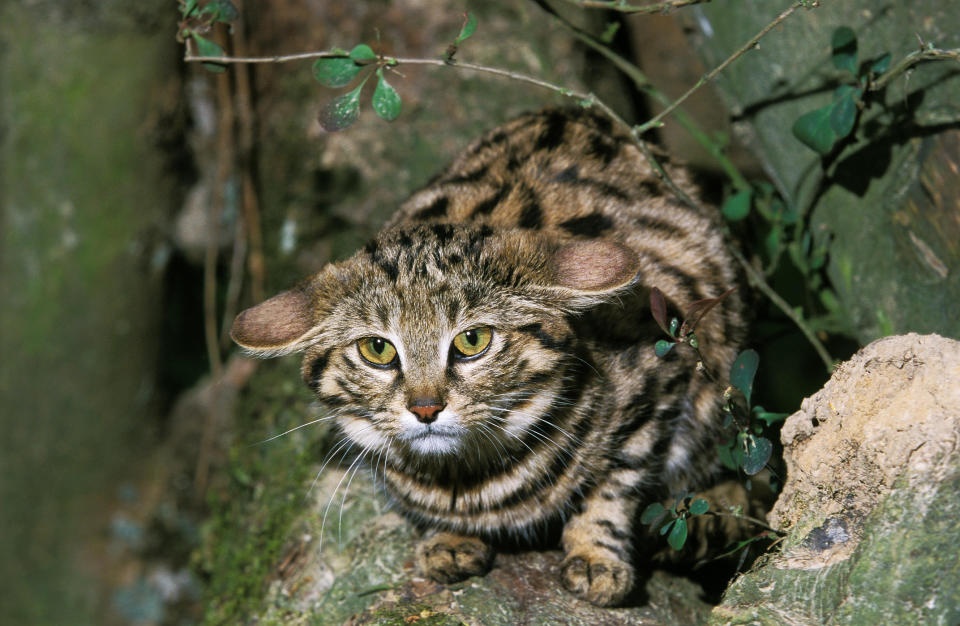
The black-footed cat is typically less than 8 inches tall and 2–4 pounds, but while a lion typically kills 25% of its prey, the black-footed cat kills 60% of its prey.
PBS
While they pose no danger to larger prey, the black-footed cat is considered the deadliest cat on Earth because of the success rate they have catching prey.
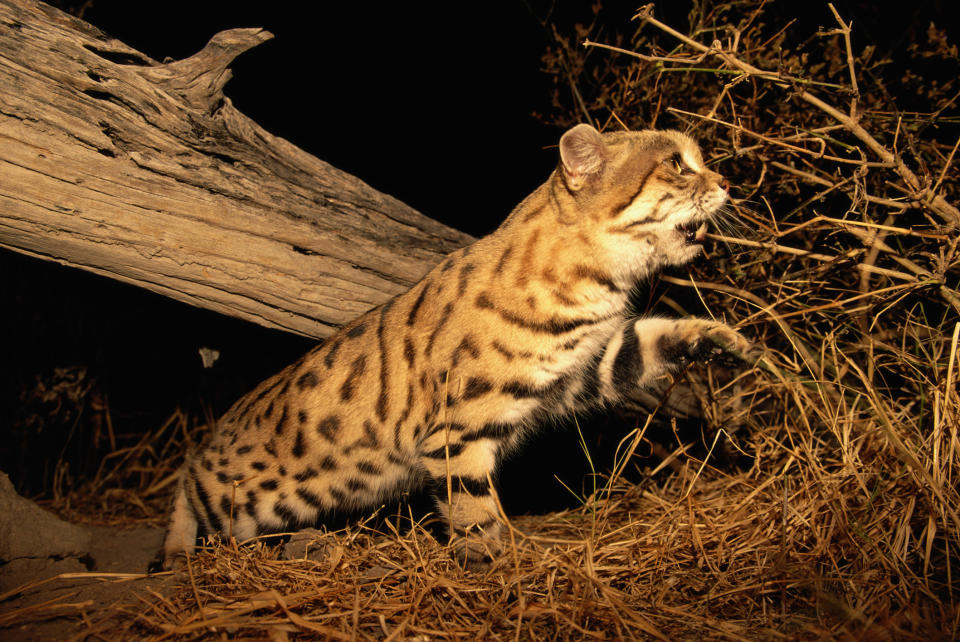
8.Cats can jump up to six times their height (between 5–6 feet), but have been seen jumping as high as 8 feet.
National Geographic / Via youtube.com
Not only can they jump really high, they're also pretty fast, clocking in a running speed of around 30 miles per hour.
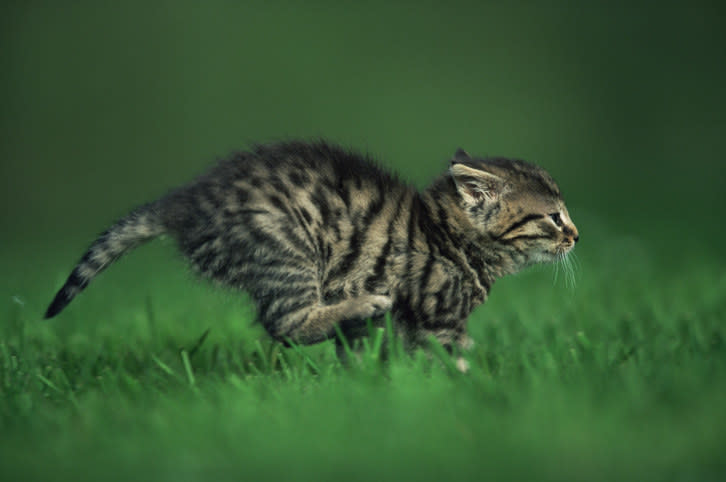
For context, Usain Bolt's top speed is a little over 27 miles per hour.

9.Cats can rehydrate by drinking seawater.

While we should by no means feed our feline friends saltwater instead of fresh water, cat kidneys have adapted to filter the salt out of seawater so the cat can use it as a source of hydration.
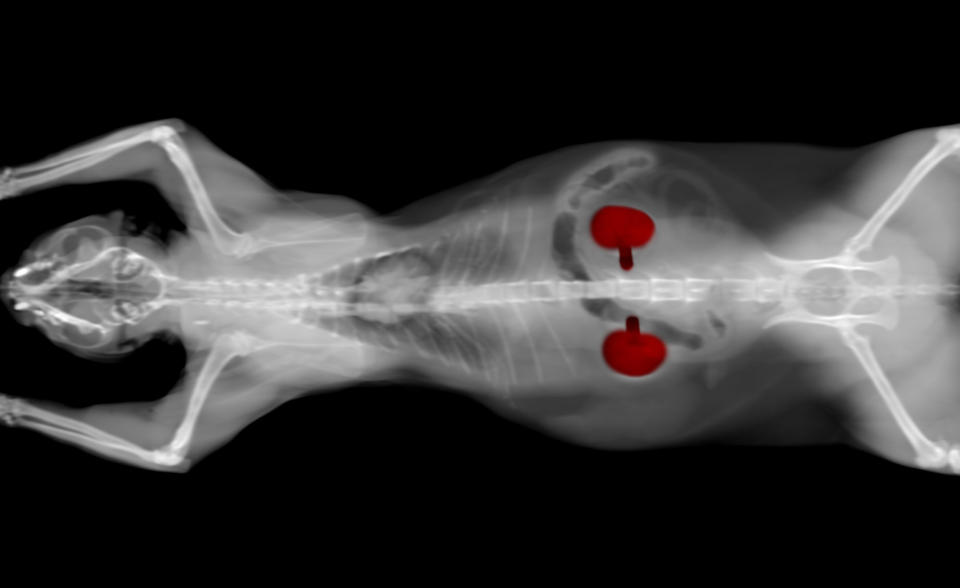
Cats need much less water than humans do. They actually have the ability to produce much more concentrated urine to save the fluids in their body.
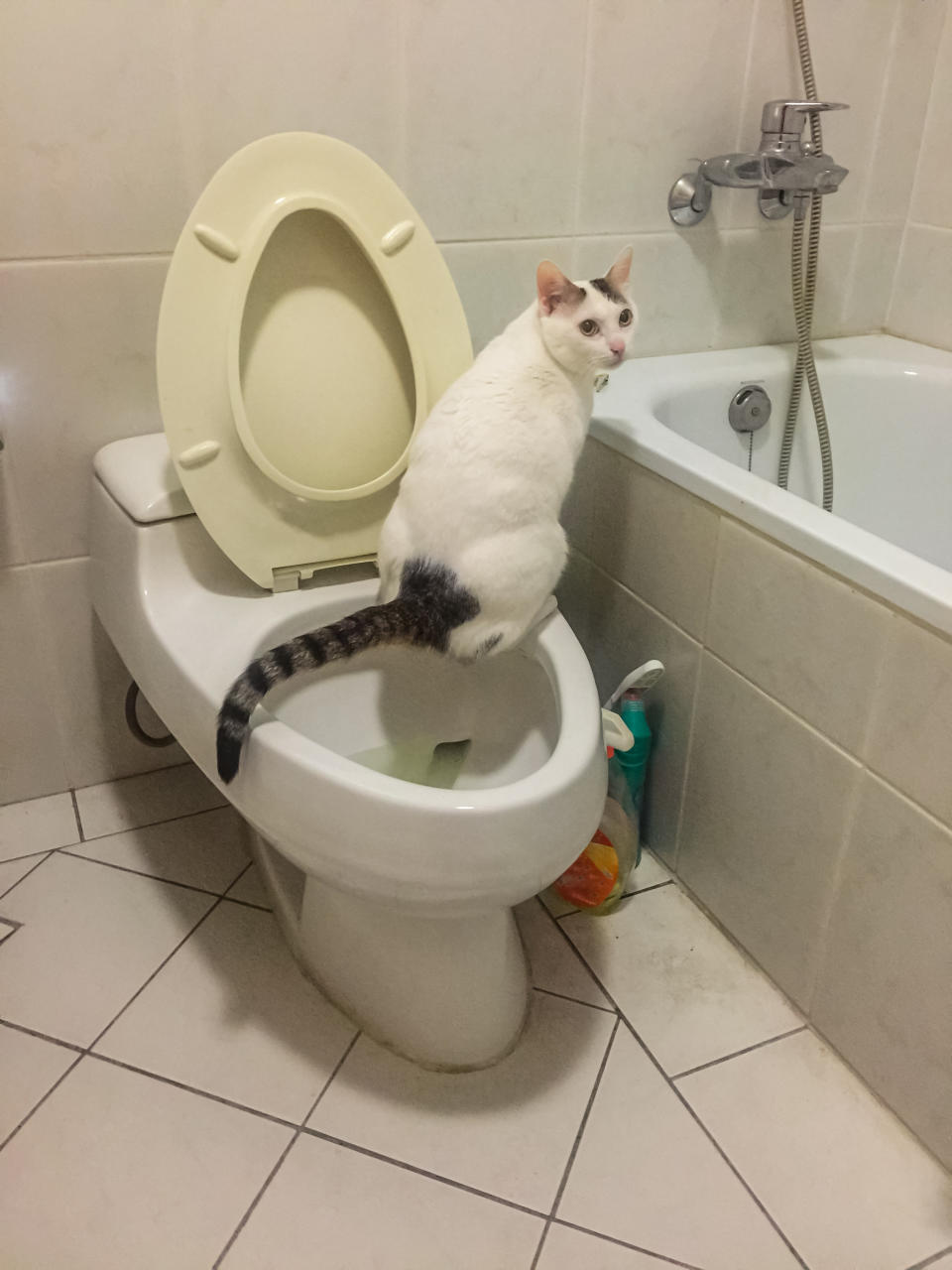
10.Unsinkable Sam, a World War II cat, survived the sinking of three naval war ships.

He first took residence on the Bismarck, a Nazi ship that was eventually sunk by Allied forces. A British naval officer found Unsinkable Sam floating on a piece of wood and enlisted him as an Allied force.

Sam then sailed on the HMS Cossack, an ally convoy ship that sailed between the Atlantic and Mediterranean, which was eventually sunk by a Nazi torpedo.

Once Unsinkable Sam was found floating on a ship plank, he was brought back to shore and later assigned to the HMS Ark Royal, which was afloat for a while, but, well, sank.

After the sinking of the HMS Ark Royal, Sam was relieved of ship duty and lived out the rest of his days in the UK on land. While some think this is just a seafaring legend, there is a portrait of Unsinkable Sam at the Naval Museum in Greenwich.
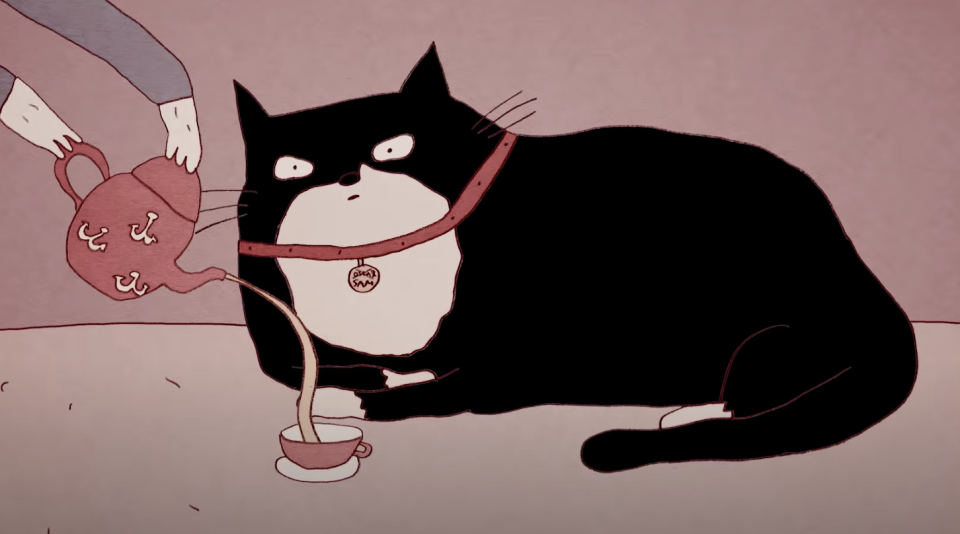
11.Finally, in an emergency, cats can receive dog blood, as cat blood has no natural antibodies to dog blood.
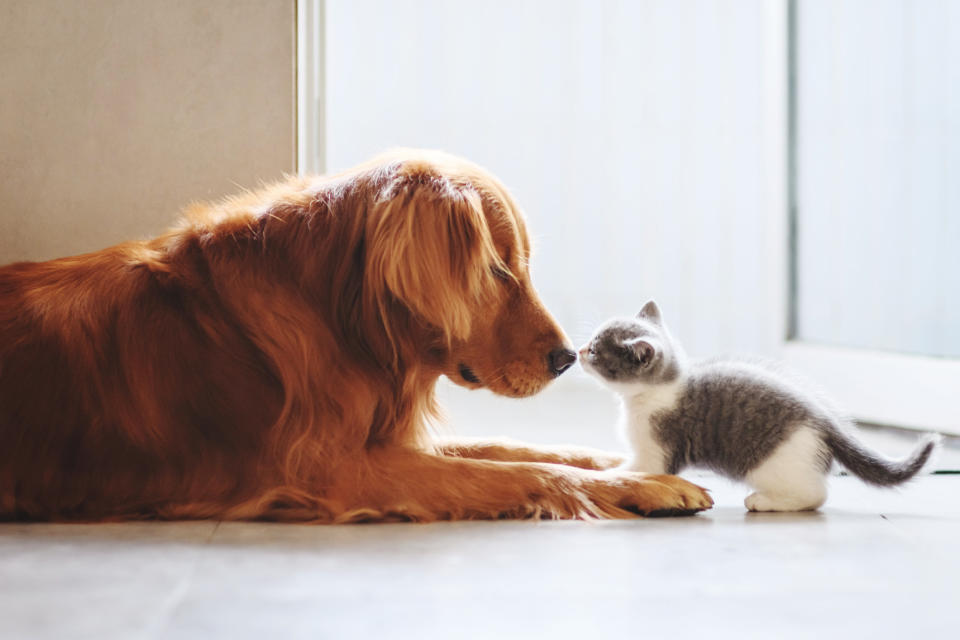
Xenotransfusion, the process of transferring blood from one species to another, can be carried out in a life-threatening emergency where cat blood is not available.
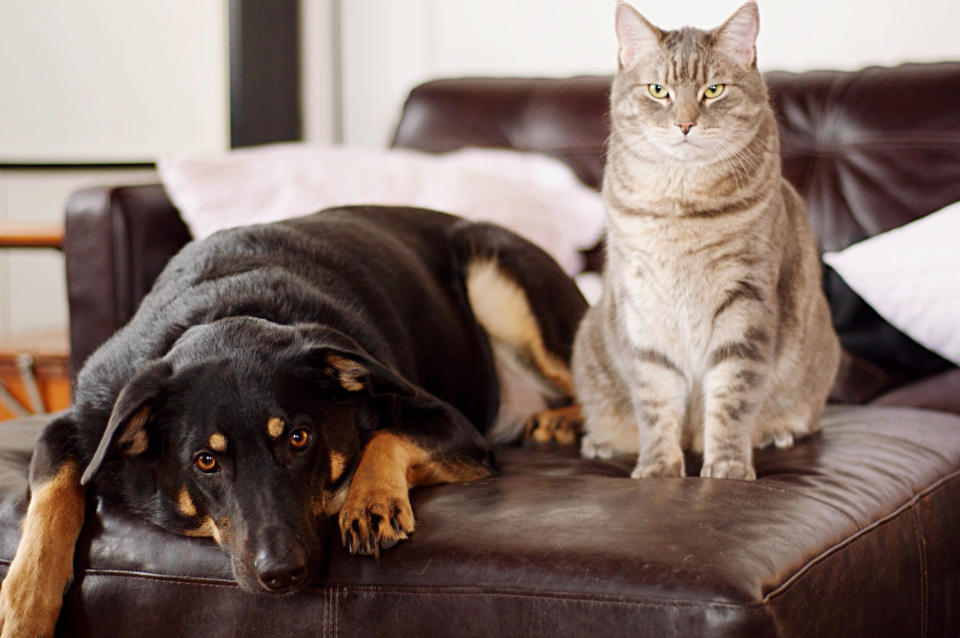
However, antibodies to canine blood develop within 4–7 days of a transfusion in a cat. Therefore, using dog blood in a lifesaving procedure for a cat can be fatal if done more than once.
